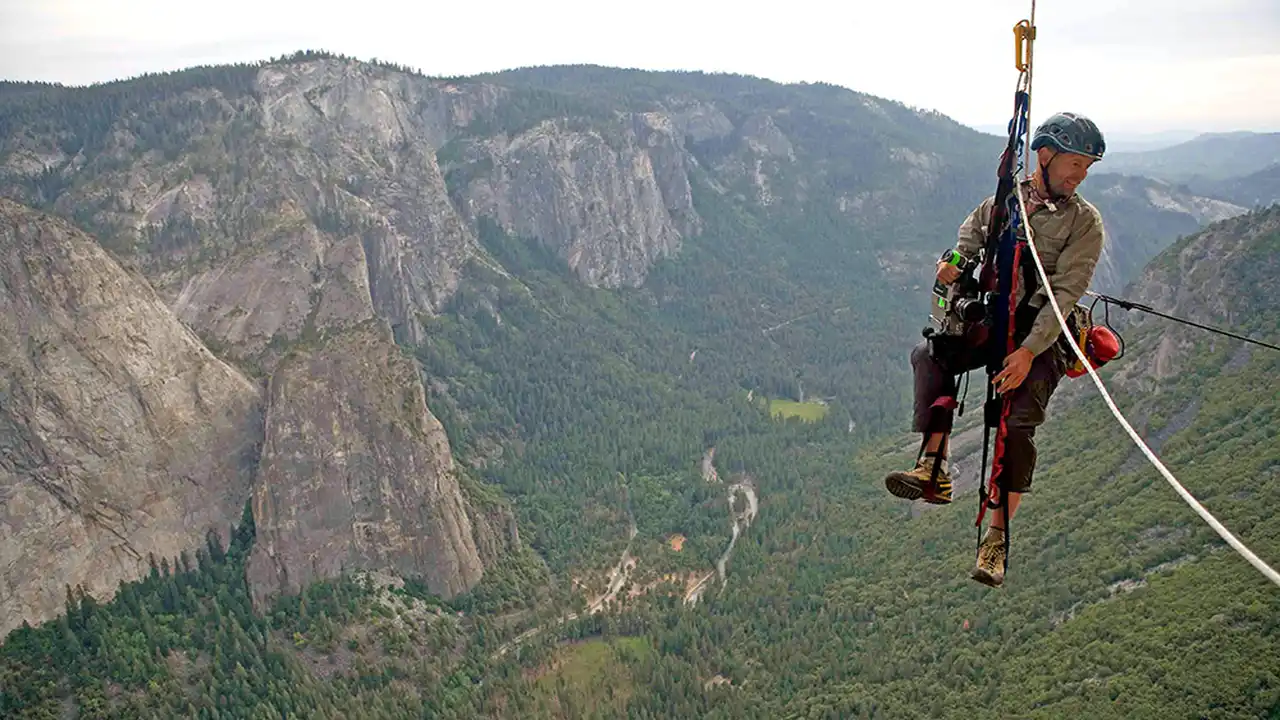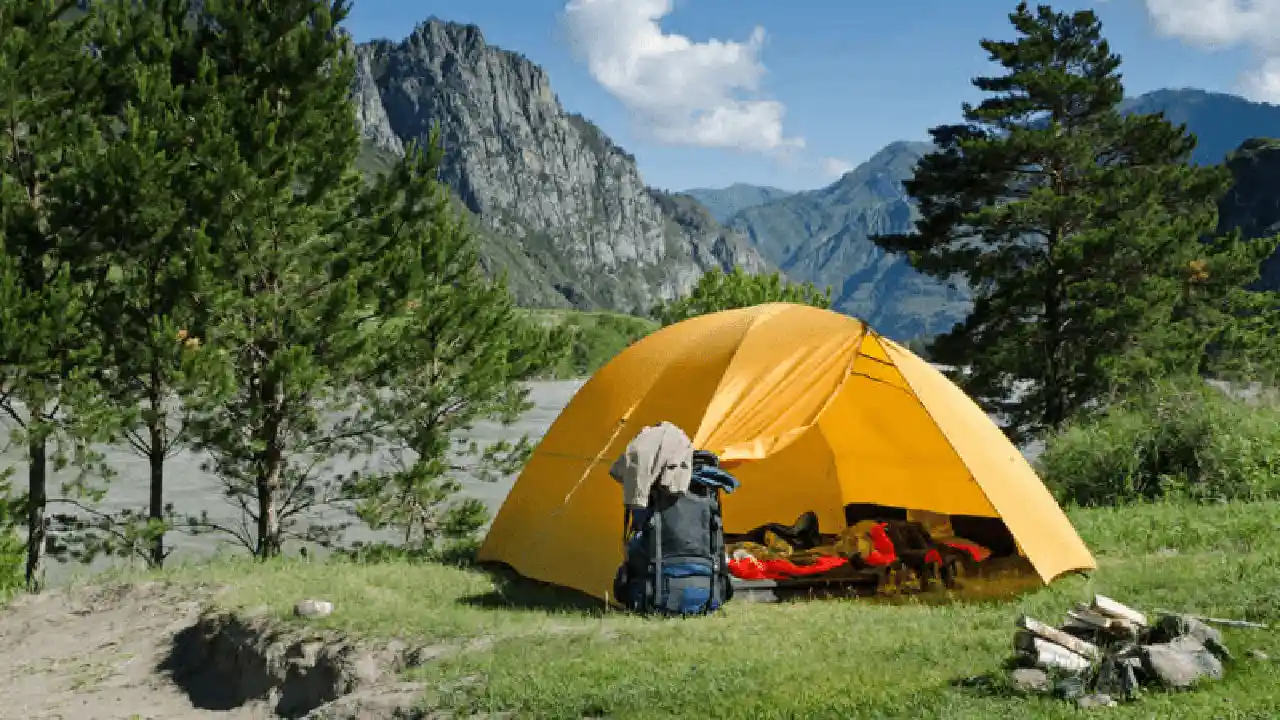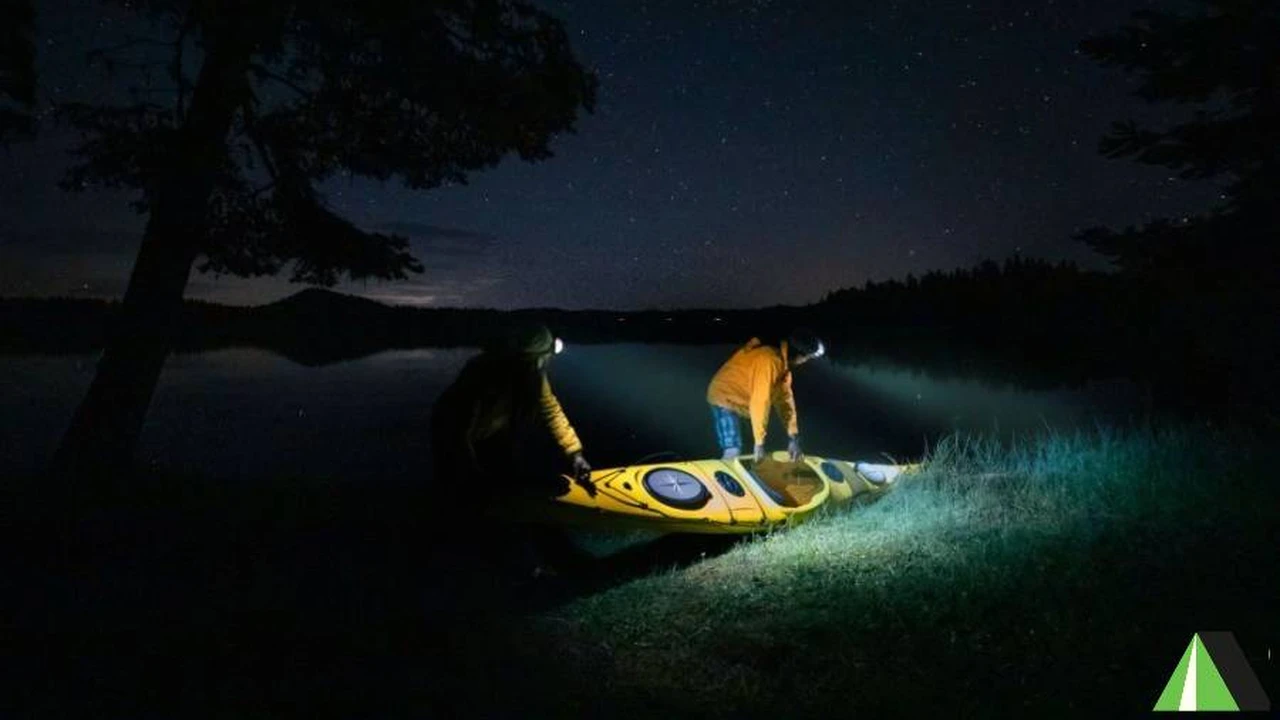7 Best Travel Insurance for Adventurers
Prepare for the unexpected with our guide to essential first aid supplies for adventure travel. Learn what to pack, how to use it, and how to handle common injuries on the go. Stay safe and confident on your next adventure, whether you're hiking, climbing, or exploring remote areas.

Why You Need Travel Insurance for Adventure Travel
Okay, let's talk travel insurance. You might be thinking, \"Do I *really* need it?\" Especially if you're relatively healthy and travel often without incident. But adventure travel is a different beast. You're pushing your limits, often in remote locations, and that inherently increases the risk of something going wrong. Think twisted ankles on a jungle trek, altitude sickness in the Himalayas, or even just a lost passport in a bustling Southeast Asian city. Travel insurance is your safety net, your \"just in case\" plan that can save you from financial ruin and a whole lot of stress.
It covers a multitude of potential problems: medical emergencies (which can be incredibly expensive overseas), trip cancellations or interruptions (flights get delayed, things happen), lost or stolen baggage (a real bummer when you're relying on that gear), and even emergency evacuations (think helicopter rescue!). It's peace of mind in a policy, allowing you to focus on the adventure, not the what-ifs.
Factors to Consider When Choosing Travel Insurance
Not all travel insurance policies are created equal. Before you click \"buy,\" consider these key factors:
- Coverage Limits: How much will the policy pay out for medical expenses, trip cancellations, etc.? Make sure the limits are high enough to realistically cover potential costs. Don't skimp here!
- Activities Covered: This is HUGE for adventure travel. Many standard policies exclude \"extreme\" activities like rock climbing, scuba diving, or mountaineering. Ensure your policy specifically covers the activities you plan to participate in. Read the fine print!
- Pre-existing Medical Conditions: If you have any pre-existing health conditions, make sure the policy covers them. You might need a specialized policy.
- Deductible: How much will you have to pay out-of-pocket before the insurance kicks in? A lower deductible usually means a higher premium.
- Reputation and Customer Service: Check online reviews and see what other travelers say about the company's claim process and customer service. You want a company that's responsive and helpful when you need them most.
- 24/7 Assistance: Does the policy offer 24/7 emergency assistance? This is critical, especially if you're traveling to a different time zone.
- Cost: Of course, price is a factor. But don't base your decision solely on cost. Prioritize coverage and reliability over the cheapest option.
Top 7 Travel Insurance Policies for Adventure Travelers: A Detailed Review
Alright, let's dive into some specific recommendations. These are policies that are generally well-regarded and offer good coverage for adventure travel, keeping in mind the US and Southeast Asia markets:
1. World Nomads: The Go-To for Adventurers
Overview: World Nomads is a popular choice among backpackers and adventure travelers for good reason. They offer comprehensive coverage, including medical, trip cancellation, baggage, and adventure activities. They have two main plans: Standard and Explorer, with the Explorer plan offering higher coverage limits and more activities.
Coverage Highlights: Covers a wide range of adventure activities, including trekking, climbing (up to a certain altitude), scuba diving, and more. Offers 24/7 emergency assistance. Allows you to extend your policy while traveling.
Pros: Flexible coverage options, covers many adventure activities, easy to use website and claim process.
Cons: Can be slightly more expensive than other options, some adventure activities may require the Explorer plan.
Pricing: Varies depending on your age, destination, trip length, and coverage level. Expect to pay around $80-$200+ for a month-long trip, depending on your choices. Get a quote on their website for accurate pricing.
Example Scenario: You're planning a month-long backpacking trip through Southeast Asia, including trekking in Nepal and scuba diving in Thailand. World Nomads Explorer plan would be a good choice to cover these activities.
2. Allianz Travel Insurance: Comprehensive and Reliable
Overview: Allianz is a well-established insurance company with a wide range of travel insurance plans. Their plans generally offer good coverage for medical emergencies, trip cancellations, and baggage loss.
Coverage Highlights: Offers various plans with different levels of coverage. Some plans include coverage for pre-existing medical conditions (check the specific policy details). Offers trip interruption coverage, which can be helpful if your trip is cut short.
Pros: Wide range of plans, reliable company, good customer service reputation.
Cons: Can be complex to understand the different plan options, adventure activity coverage may be limited in some plans.
Pricing: Varies depending on your age, destination, trip length, and coverage level. Expect to pay around $70-$180+ for a month-long trip, depending on your choices. Get a quote on their website for accurate pricing.
Example Scenario: You're planning a trip to the US, focusing on hiking in national parks. Allianz's \"OneTrip Prime\" plan might be a good option, offering comprehensive coverage for medical emergencies and trip cancellations.
3. IMG Global: International Medical Group for Extended Stays
Overview: IMG (International Medical Group) specializes in travel medical insurance, making them a good choice for extended trips or those with specific medical needs. They offer various plans, including those designed for long-term travelers and expats.
Coverage Highlights: Focuses on medical coverage, including emergency medical evacuation. Offers plans with high coverage limits. Some plans offer coverage for pre-existing conditions (check the specific policy details).
Pros: Strong medical coverage, good for long-term travel, offers specialized plans.
Cons: May not offer as much coverage for trip cancellations or baggage loss compared to other options, can be more expensive than some basic plans.
Pricing: Varies depending on your age, destination, trip length, and coverage level. Expect to pay around $100-$300+ for a month-long trip, depending on your choices. Get a quote on their website for accurate pricing.
Example Scenario: You're planning a 6-month volunteer trip in Southeast Asia. IMG's \"Patriot Travel Medical Insurance\" would be a good choice, providing comprehensive medical coverage during your extended stay.
4. Travel Guard: A Trusted Name in Travel Insurance
Overview: Travel Guard is another well-established travel insurance provider with a wide range of plans. They offer coverage for medical, trip cancellation, baggage, and more.
Coverage Highlights: Offers various plans with different levels of coverage. Some plans include coverage for adventure activities (check the specific policy details). Offers 24/7 emergency assistance.
Pros: Wide range of plans, reliable company, good customer service reputation.
Cons: Can be complex to understand the different plan options, adventure activity coverage may be limited in some plans.
Pricing: Varies depending on your age, destination, trip length, and coverage level. Get a quote on their website for accurate pricing. It's generally competitive with Allianz.
Example Scenario: You're planning a family trip to the US, including some hiking and sightseeing. Travel Guard's \"Deluxe\" plan might be a good option, offering comprehensive coverage for the whole family.
5. Seven Corners: Specializing in International Travel
Overview: Seven Corners offers a range of travel insurance plans, with a focus on international travel. They have plans designed for both short and long-term trips.
Coverage Highlights: Offers good medical coverage, including emergency medical evacuation. Some plans include coverage for adventure activities (check the specific policy details). Offers 24/7 emergency assistance.
Pros: Good medical coverage, offers plans for both short and long-term trips, competitive pricing.
Cons: Adventure activity coverage may be limited in some plans, customer service reviews can be mixed.
Pricing: Varies depending on your age, destination, trip length, and coverage level. Get a quote on their website for accurate pricing. Often a more budget-friendly option.
Example Scenario: You're planning a short trip to Thailand for a specific scuba diving course. Seven Corners' \"Trip Protection Choice\" plan might be suitable, provided it covers scuba diving.
6. Cigna Global: For Expats and Long-Term Travelers
Overview: Cigna Global is geared towards expats and those planning extended stays abroad. They offer comprehensive international health insurance plans.
Coverage Highlights: Offers comprehensive medical coverage, including routine checkups and specialist visits. Offers coverage for pre-existing conditions (check the specific policy details). Offers global coverage.
Pros: Comprehensive medical coverage, good for long-term travel, offers global coverage.
Cons: Can be expensive compared to short-term travel insurance, may not offer as much coverage for trip cancellations or baggage loss.
Pricing: Varies depending on your age, destination, trip length, and coverage level. Get a quote on their website for accurate pricing. Expect higher premiums due to the comprehensive nature of the coverage.
Example Scenario: You're planning to live and work in Southeast Asia for a year. Cigna Global's \"International Health Insurance\" would be a good choice, providing comprehensive medical coverage during your time abroad.
7. SafetyWing: Nomad Insurance for Digital Nomads
Overview: SafetyWing is a relatively new player in the travel insurance market, but they've quickly gained popularity among digital nomads and remote workers. They offer affordable and flexible coverage.
Coverage Highlights: Offers basic medical coverage, including emergency medical evacuation. Covers travel to most countries. Offers flexible subscription-based pricing.
Pros: Affordable, flexible, easy to use, good for digital nomads.
Cons: Basic coverage, may not cover all adventure activities, customer service is primarily online.
Pricing: Starts at around $40 per month, making it a very affordable option. Get a quote on their website for accurate pricing.
Example Scenario: You're a digital nomad traveling through Southeast Asia, working remotely. SafetyWing's \"Nomad Insurance\" would be a good choice, providing basic medical coverage at an affordable price.
Comparing Travel Insurance: A Quick Cheat Sheet
To help you make a decision, here's a quick comparison table:
| Insurance Provider | Best For | Adventure Activity Coverage | Price (Approx. Monthly) |
|---|---|---|---|
| World Nomads | Backpackers, Adventure Travelers | Excellent (Explorer Plan) | $80 - $200+ |
| Allianz Travel Insurance | Families, Comprehensive Coverage | Good (Check Specific Plan) | $70 - $180+ |
| IMG Global | Long-Term Travel, Medical Focus | Limited (Check Specific Plan) | $100 - $300+ |
| Travel Guard | Families, Trusted Brand | Good (Check Specific Plan) | Competitive with Allianz |
| Seven Corners | Budget Travelers, Short Trips | Limited (Check Specific Plan) | More Budget-Friendly |
| Cigna Global | Expats, Long-Term Health | Not Primary Focus | Higher Premiums |
| SafetyWing | Digital Nomads, Affordable | Basic | $40+ |
Understanding Adventure Activity Coverage: Scuba Diving, Hiking, and More
Let's drill down on adventure activity coverage. This is where things get tricky. As mentioned earlier, many standard policies exclude or limit coverage for activities considered \"high-risk.\"
Scuba Diving: If you plan to scuba dive, make sure the policy covers it. Some policies may require you to be certified and only cover dives up to a certain depth. Look for policies that specifically mention scuba diving or underwater activities.
Hiking and Trekking: Many policies cover hiking, but they may have altitude limits. If you're planning to trek in the Himalayas, for example, you'll need a policy that covers high-altitude trekking. Also, check if the policy covers search and rescue operations.
Rock Climbing: Rock climbing is often considered a high-risk activity and may require a specialized policy. Look for policies that specifically mention rock climbing or mountaineering.
Other Activities: If you plan to participate in other adventure activities like white-water rafting, kayaking, or zip-lining, make sure the policy covers them. It's always best to check the policy details carefully and contact the insurance provider if you have any questions.
Making a Claim: What to Expect
Okay, you've chosen your policy and something unfortunate happens. Now what? Here's a general overview of the claim process:
- Document Everything: Keep copies of all your travel documents, including your insurance policy, passport, tickets, and any medical records.
- Notify the Insurance Company: Contact the insurance company as soon as possible after the incident. They will provide you with instructions on how to file a claim.
- Provide Supporting Documentation: You'll need to provide documentation to support your claim, such as medical bills, police reports (for theft), and receipts for any expenses you incurred.
- Be Patient: The claim process can take time, so be patient and follow up with the insurance company if you haven't heard back within a reasonable timeframe.
- Keep Records: Keep copies of all correspondence with the insurance company.
Travel Insurance: Is It Worth It? Absolutely!
While travel insurance is an added expense, it's an investment in your peace of mind. Adventure travel is unpredictable, and the cost of a medical emergency or a cancelled trip can easily outweigh the cost of insurance. Do your research, choose a policy that fits your needs, and travel with confidence!
:max_bytes(150000):strip_icc()/277019-baked-pork-chops-with-cream-of-mushroom-soup-DDMFS-beauty-4x3-BG-7505-5762b731cf30447d9cbbbbbf387beafa.jpg)





